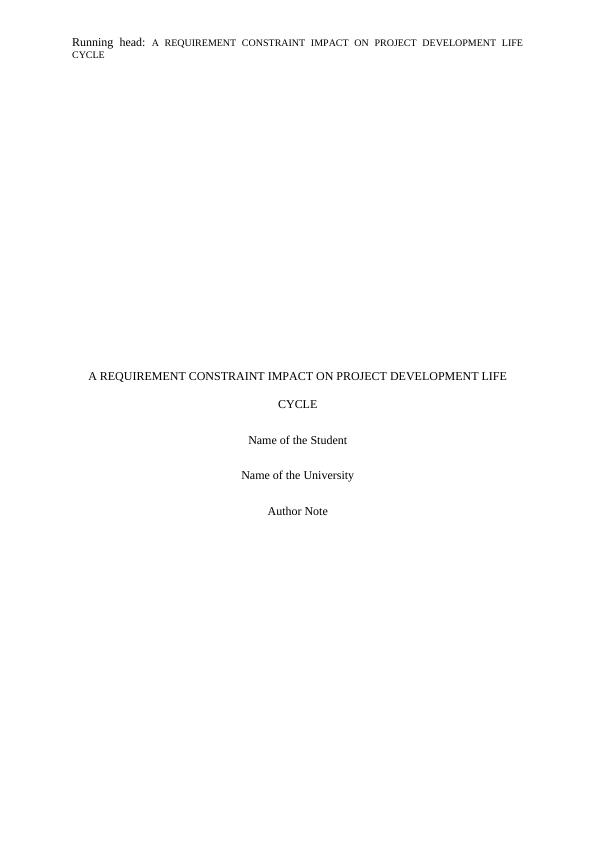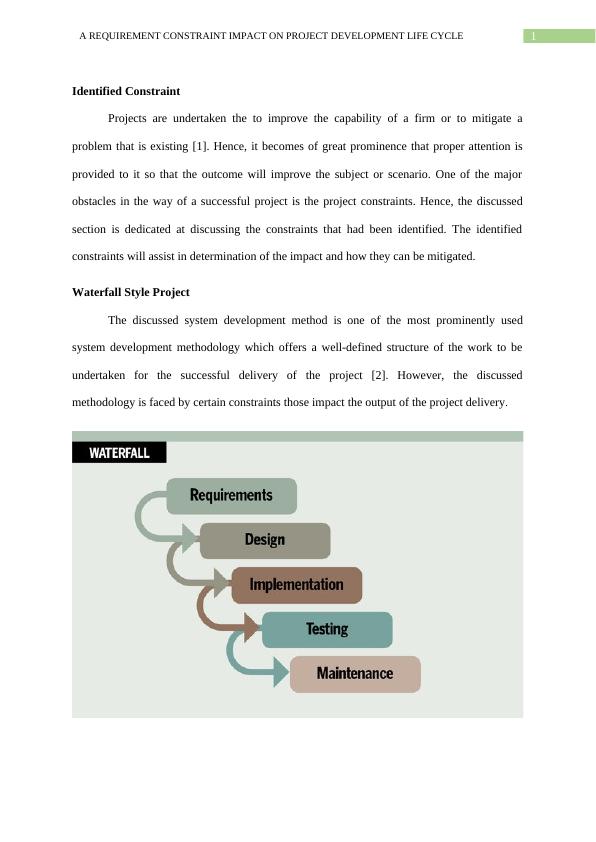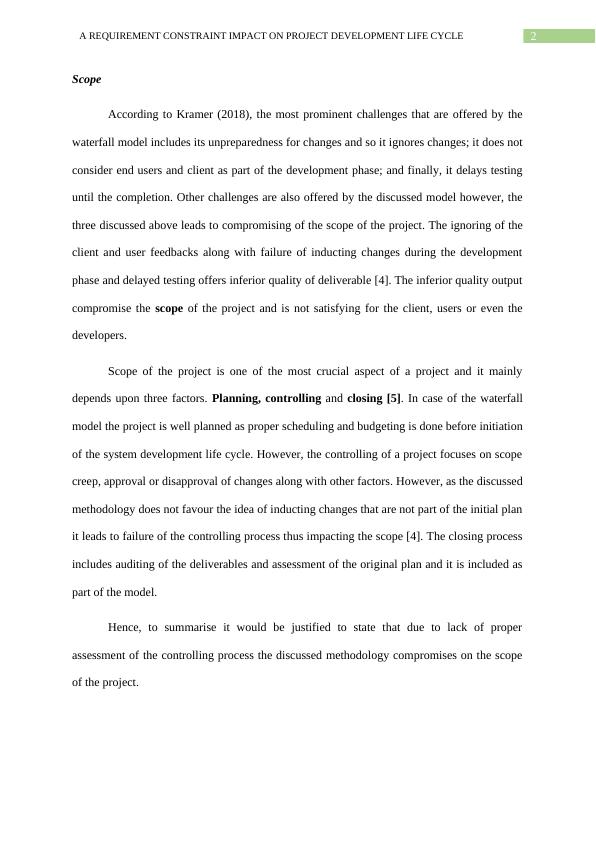A Requirement Constraint Impact on Project Development Life Cycle
Added on 2023-05-31
10 Pages2313 Words133 Views
End of preview
Want to access all the pages? Upload your documents or become a member.
Project management methodologies (PDF)
|5
|1050
|51
IMAT5205 - Systems Analysis and Design
|12
|2862
|215
Assignment on Project Methodologies
|7
|1381
|50
Himilayan Hotel System Analysis and Design
|30
|6842
|133
ICT700 Systems Analysis and Design
|15
|3023
|113
Project Management Methodologies - Assignment
|10
|1881
|40



